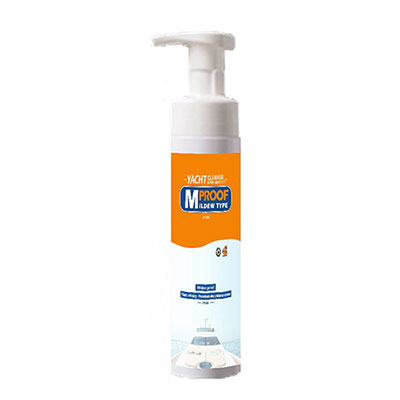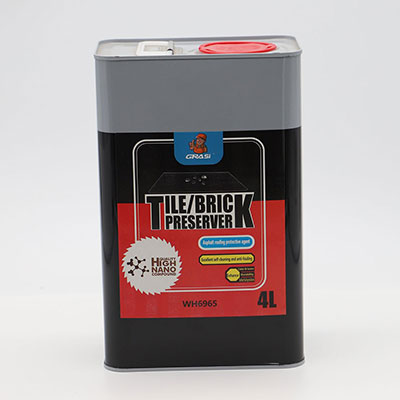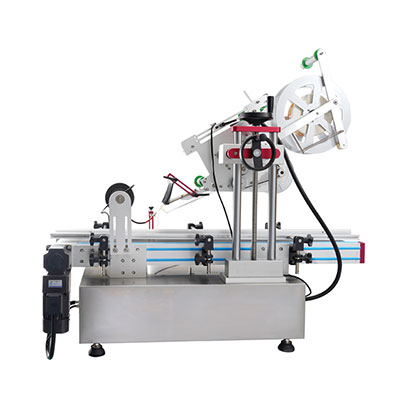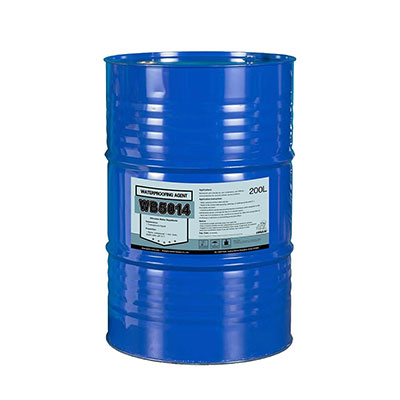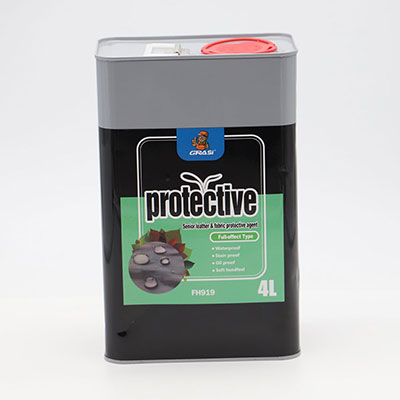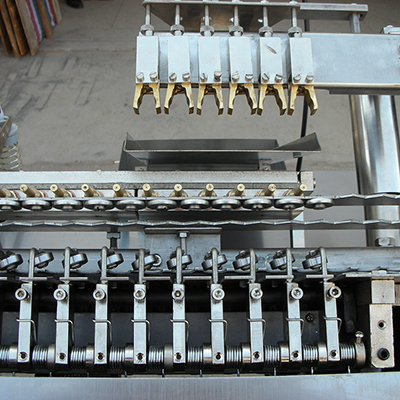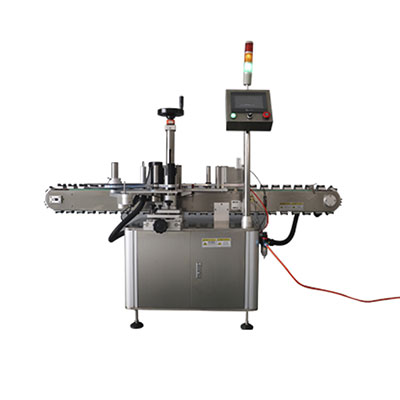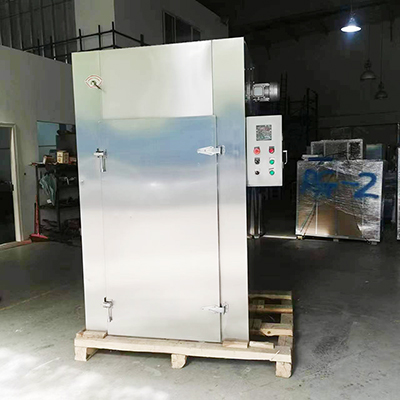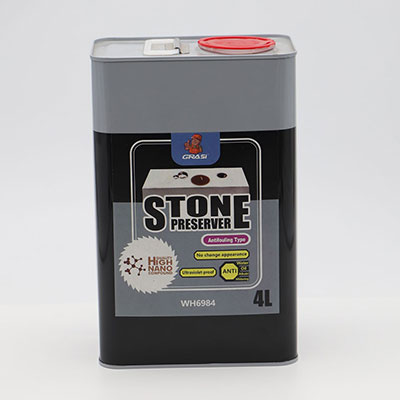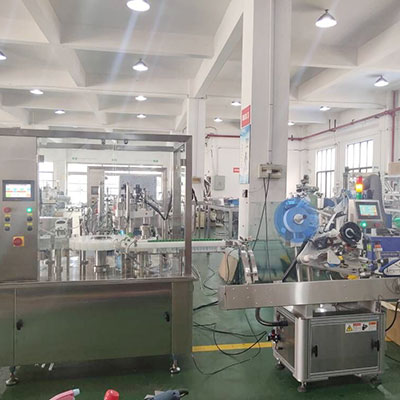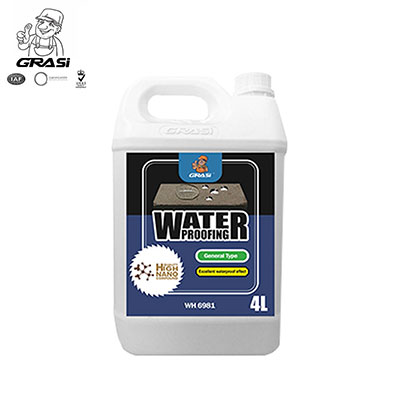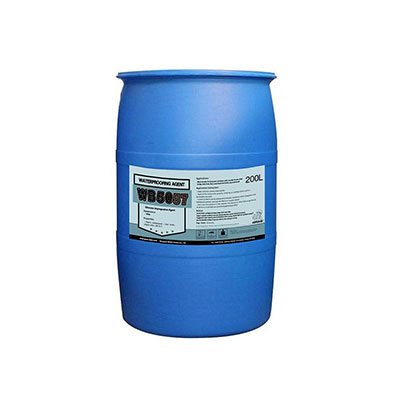Frequently Asked Questions
Q1: What do I do when the dental handpiece does not turn or the speed is slow?
A: You can start from the 4 following solutions.
Q2: What do I do if the bur of dental handpiece keeps falling out?
A: You can start from the 4 following solutions.
Q3: What do I do if the water supply is not smooth?
A: This is a common problem of dental handpieces. For pneumatic high speed turbine handpieces or contra angle handpieces, if water supply is abnormal such as insufficient water supply, non-uniform water supply, no water mist formation or completely no water supply, there are generally four following reasons and please check them first.

Q4: What is a low speed dental handpiece used for?
A: Driven by compressed air, it rotates and holds the low speed bur to achieve drilling, polishing and cutting treatment.
Low speed handpieces are divided into straight handpieces and contra angle handpieces. The straight ones are used for polishing in extra oral treatment and the contra angle ones are used in intraoral treatment.
Q5: What is the structure of a dental handpiece?
A: According to the working modes of used bearings, dental handpieces are divided into ball bearing ones and air bearing ones. High speed ball bearing handpiece is mainly composed of head, handle and joint.
The inner structure of handpiece head
A turbine rotor is the core component of the head and is composed of a bearing, impeller and spindle. Inside the head, there are two miniature bearings distributed on the top and bottom, respectively. The O-shape rubber rings are equipped outside the bearings to keep the radial and axial concentricity of bur during high speed rotating. In addition, this can also decrease noise and reduce vibration during operation.
Holding mode of bur
There are various holding modes of burs and the early used is reed holding mode. 3 bow reeds are distributed uniformly inside the spindle and when bur shank is inserted in, the reeds are deformed by force so that the bur shank is clamped.
Nowadays, screw and pressing type holding modes are more commonly used. For this kind of handpiece, an elastic trivalve spring is equipped inside the shaft sleeve. The spring is hammer shaped and there are 3 axial grooves on it. By using four angle wrench, we can press the top spring to loosen the bur or lock the spring to hold it.
Spray structure
A branch water pipe and air pipe are equipped on the end of the turbine handpiece. Water and air are mixed at the exit of the head and then sprayed out of spray hole.
Handpiece joint
The joint is the connecting part of the handpiece and output hose. The main dynamic airflow that drives the impeller rotating and the branch airflow that forms spray flow through pipes into the main air hole, branch air hole and water hole on the joint respectively and then flows though the handpiece. There are two methods for the connection between joint and handpiece: one is the use of a fixed lock nut on joint and the other is the use of a quick connector.
Links:https://www.globefindpro.com/products/13247.html
-
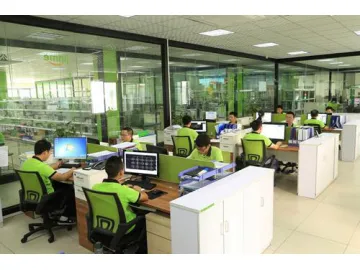 Research Capability
Research Capability
-
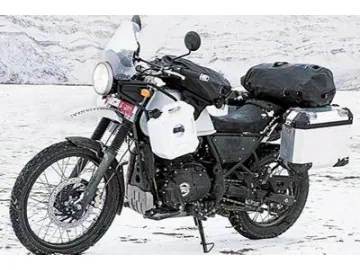 Client Example
Client Example
-
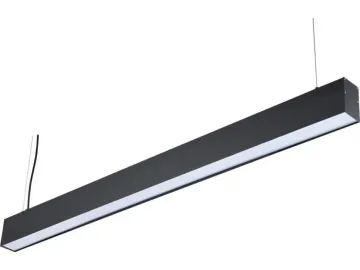 K Series LED Linear Light with PC Cover
K Series LED Linear Light with PC Cover
-
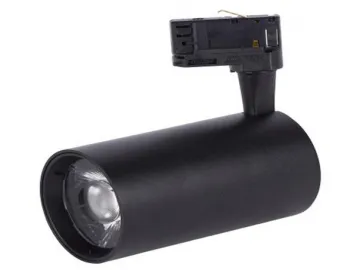 X1 Series LED Track Lighting Head, LED Track Luminaire with Built-in Drive and Lens
X1 Series LED Track Lighting Head, LED Track Luminaire with Built-in Drive and Lens
-
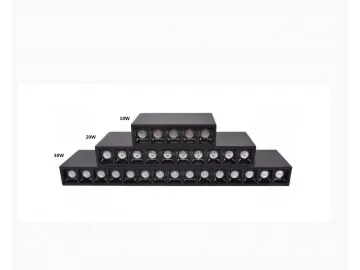 D Series LED Bar Light
D Series LED Bar Light
-
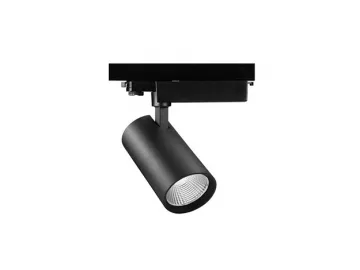 I Series LED Track Lighting Head, Track Luminaire with Straight Tube and Extra Power Box
I Series LED Track Lighting Head, Track Luminaire with Straight Tube and Extra Power Box
-
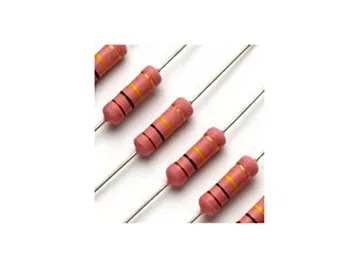 Resistor
Resistor
-
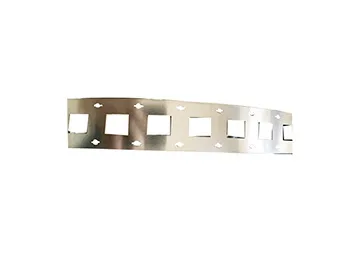 Battery Tab
Battery Tab
-
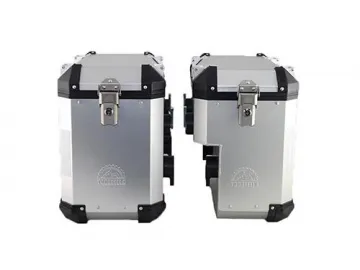 Brands
Brands
-
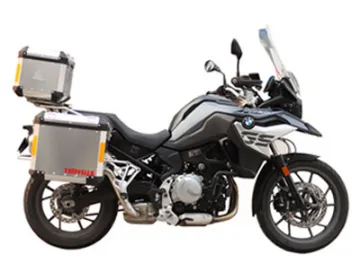 Custom BMW Motorcycle Pannier System and Top Box System
Custom BMW Motorcycle Pannier System and Top Box System
-
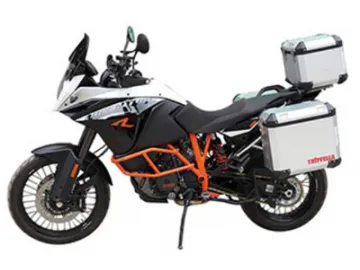 Custom KTM Motorcycle Aluminium Panniers and Top Boxes
Custom KTM Motorcycle Aluminium Panniers and Top Boxes
-
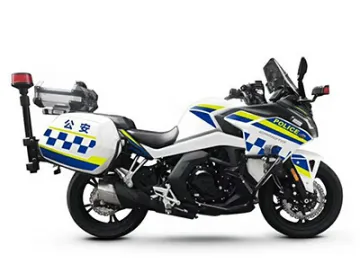 CF MOTO Aluminum Luggage System
CF MOTO Aluminum Luggage System
